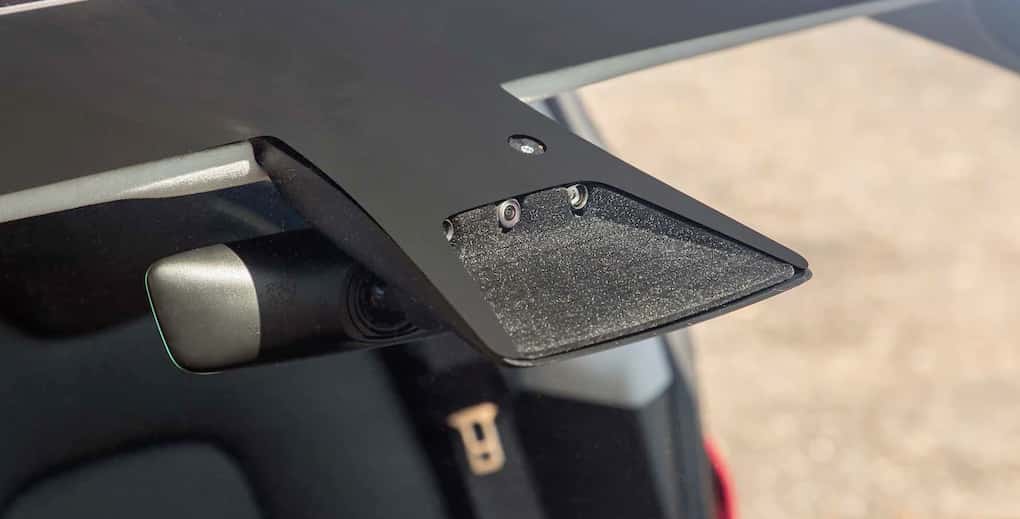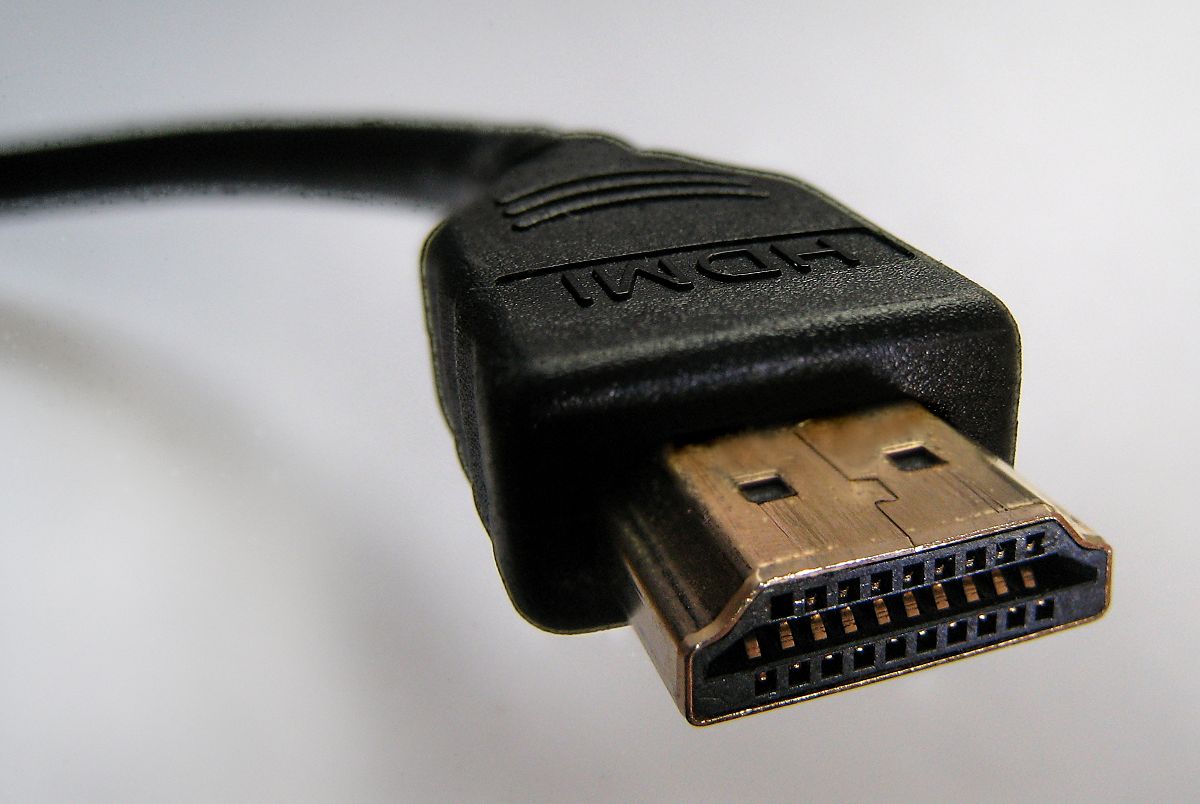Are you sure? AFAIK, all UHD/4K video transmission over coax is compressed (even SDI). Compression typically introduces both unacceptable latency and quality loss (artifacts) that could potentially interfere with proper analysis of the images, not to mention making its driving measurably less safe by delaying its response to what's happening in the outside world.
For automotive purposes, you'll need
at least 10 bits per color channel, with three color channels. I'm also assuming that they will move to 60 fps, both because most cameras run at that rate these days and because higher frame rates can at least potentially reduce pipeline latency, which is a highly desirable improvement over what we have now.
At 3840 x 2160 resolution, then, those specifications would require a whopping 15 gigabits per second (10-bit * 3840h * 2160v * 60fps * 3 color channels) uncompressed. I'd be really shocked if it were possible to do that without compression over coaxial cables. I think the highest ever successfully achieved in the real world is only about 10 Gbps, although at least in theory, some of the DOCSIS encodings can at least theoretically send 15 Gbps over coax under ideal conditions. Either way, that's seriously pushing the upper limits of coax, given current technology.
But even if you manage to find a way to push 15 gigabits per second over coax, you'd still be replacing one grossly inadequate technology (a single twisted pair) with another technology that is just
barely good enough for the immediate need, and definitely not good enough for any future improvements. So if they later decided that they need 8k or 120 fps or 14 bits per color channel, they would have to replace all of the cabling
again. Cutting corners in something that's hard to replace is not the best strategy. Using twisted pairs was a mistake to begin with. Compounding that mistake by replacing it with a second technology that once again leaves you no room for future expansion would be utterly embarrassing.
By contrast, the record for a single fiber is about
80 terabits per second per fiber. All three 4K UHD cameras in the center could easily be multiplexed on a single fiber with room to spare for 5,330 more cameras. And that, right there, is how you future-proof your cabling.




